Carl Jung's Four Types
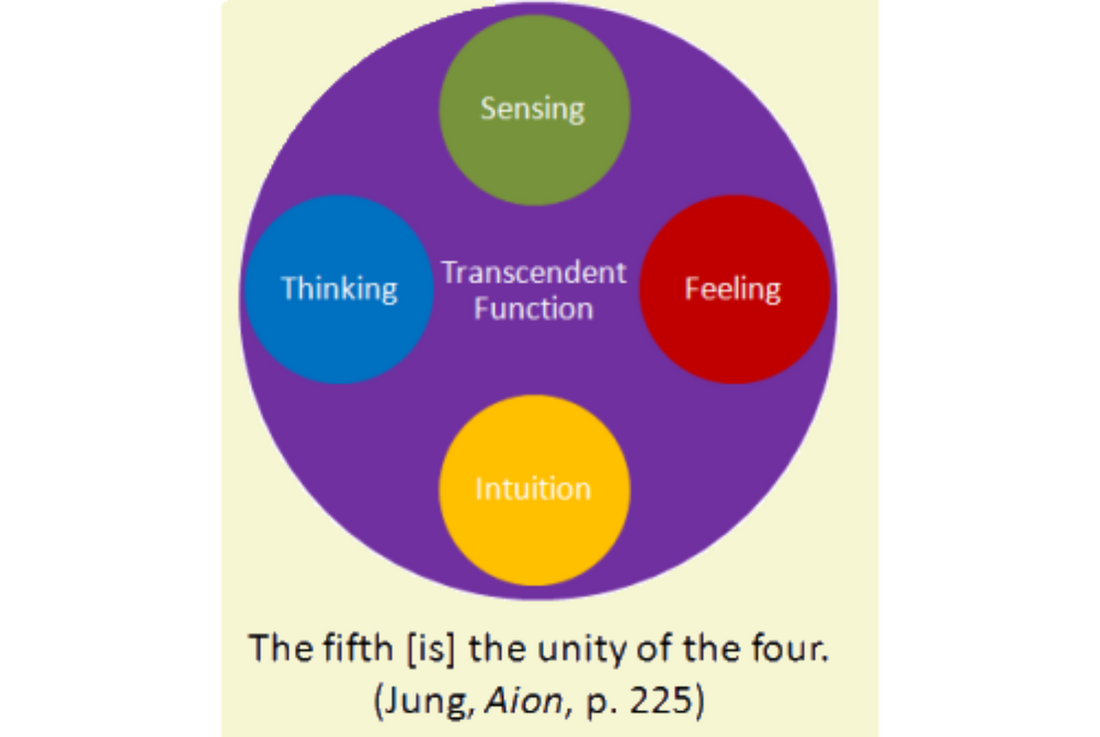
Finding Balance Through Understanding the Four Elements Within
Carl Jung's typology of personality is a well-known framework for understanding the different ways that individuals perceive and interact with the world. In this model, individuals are classified into one of four types based on their dominant cognitive function: N (intuitive), F (feeling), S (sensate), and T (thinking). Each of these four types is also associated with one of the four classical elements: fire, water, earth, and air. By developing self-awareness of our own dominant function and elements, we can find balance within ourselves and positively engage with the world around us.
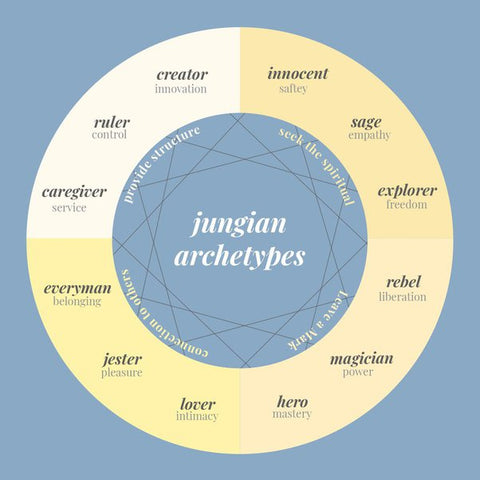
Fire: Intuition and Vision
The element of fire represents intuition, inspiration, and creativity. Like a flickering flame, those with a dominant intuitive function experience the world through their imagination, perceptions, and possibilities. Their strength lies in their visionary nature, but without proper awareness, their ideas may never manifest in reality. By recognizing their energetic and future-oriented essence, intuitive types can learn to ground their ideas into practical application.
Water: Emotions and Connection
The element of water represents feelings, relationships, and soulful bonds. Like the fluidity of water, those with a dominant feeling function experience the world through emotions and meaningful connections. Their strength lies in their compassion and empathy, but without proper boundaries, they may lose themselves in the feelings of others. By recognizing their receptive and caring nature, feeling types can learn to balance their own needs with healthy emotional exchanges.
Earth: Sensation and Presence
The element of earth represents the physical, tangible world experienced through the five senses. Like the solidity of land, those with a dominant sensing function experience reality through facts, details, and the present moment. Their strength lies in their grounded, down-to-earth nature, but without seeing the bigger picture, they may miss important insights. By recognizing their practical and realistic essence, sensing types can learn to integrate intuitive perceptions into their experiential understanding.
Air: Logic and Clarity
The element of air represents the intellectual, rational realm of logic and objectivity. Like the conductivity of air, those with a dominant thinking function experience the world through reason, systems, and impartial truths. Their strength lies in their analytical nature, but without integrating emotions, they may struggle to connect on a personal level. By recognizing their orderly and strategic essence, thinking types can learn to apply their logic in balance with compassion.
The four elements represent fundamental modes of perceiving and understanding reality. While each is distinct, together they form an integral whole. By developing self-awareness of our dominant element and function, we gain the keys to unlocking our potentials while creating balance where we are lacking. Like mastering the four elements, when we integrate the diversity within, we gain wisdom, empowerment, and the ability to positively engage the world around us.
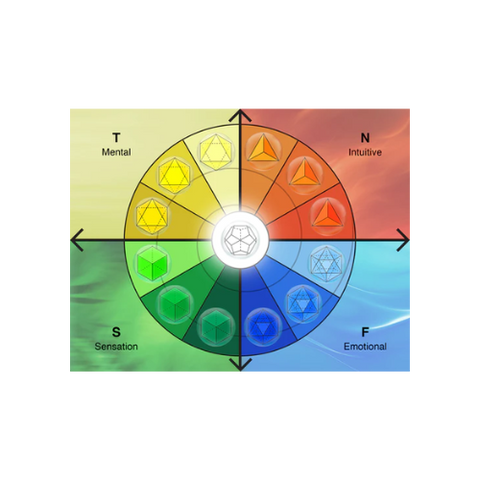

No comments

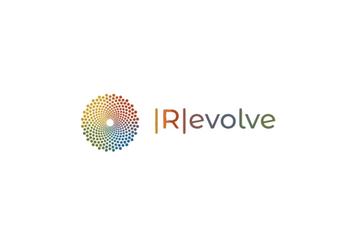
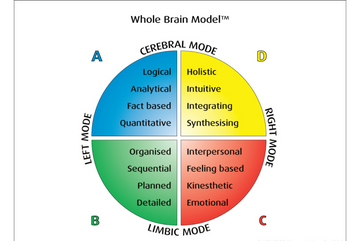
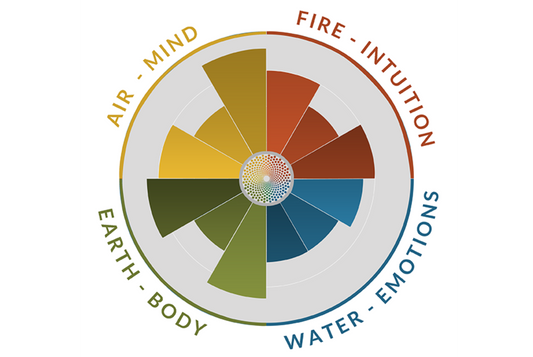
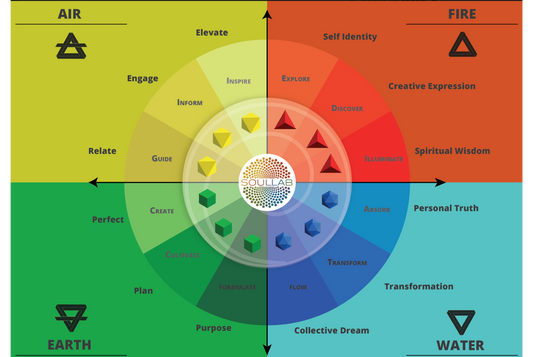
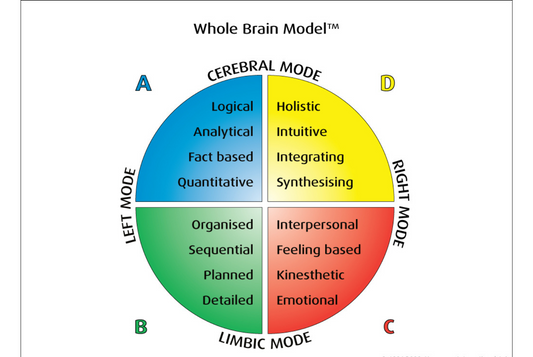
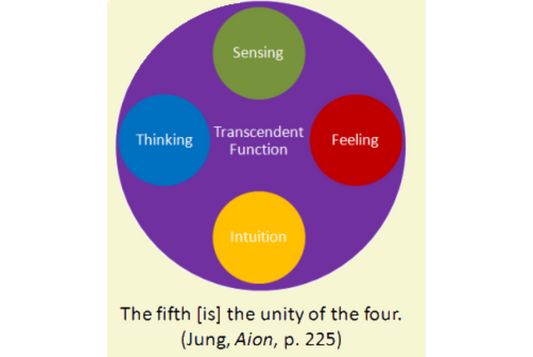
0 comments